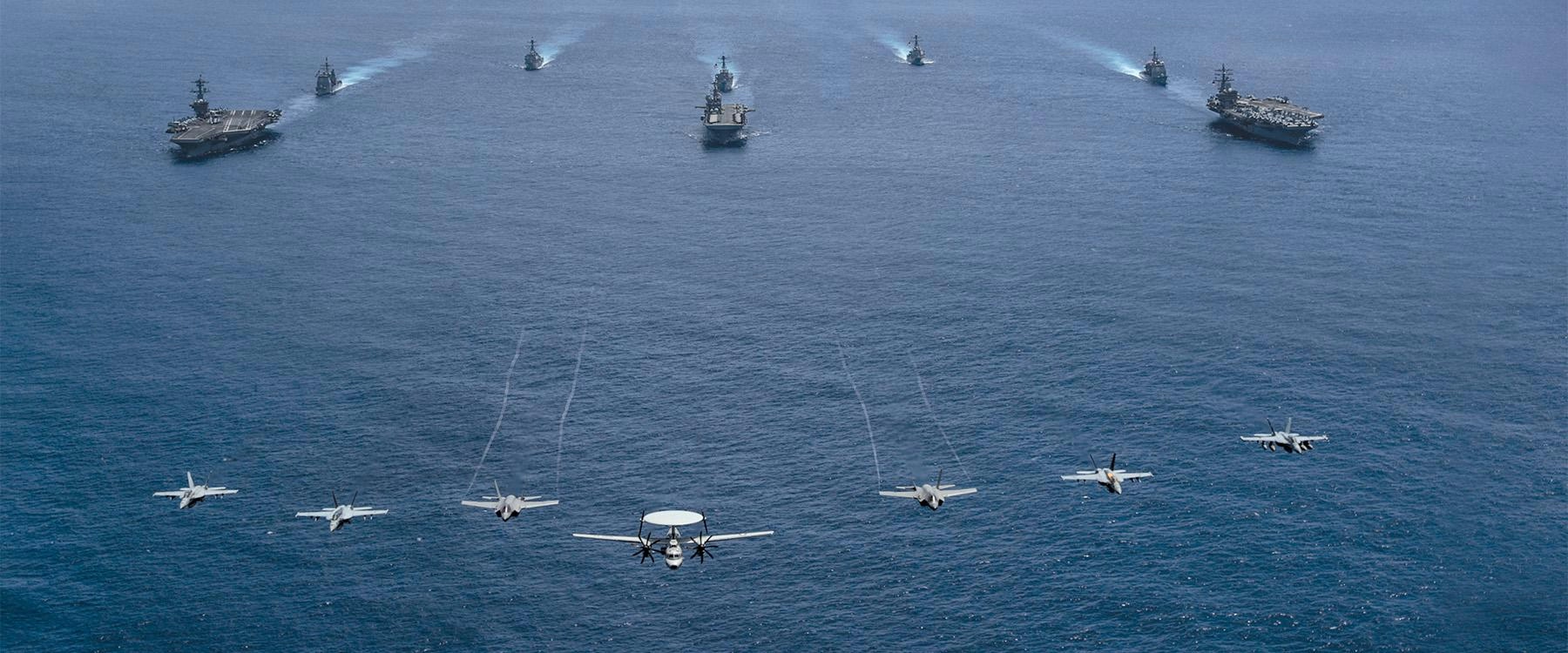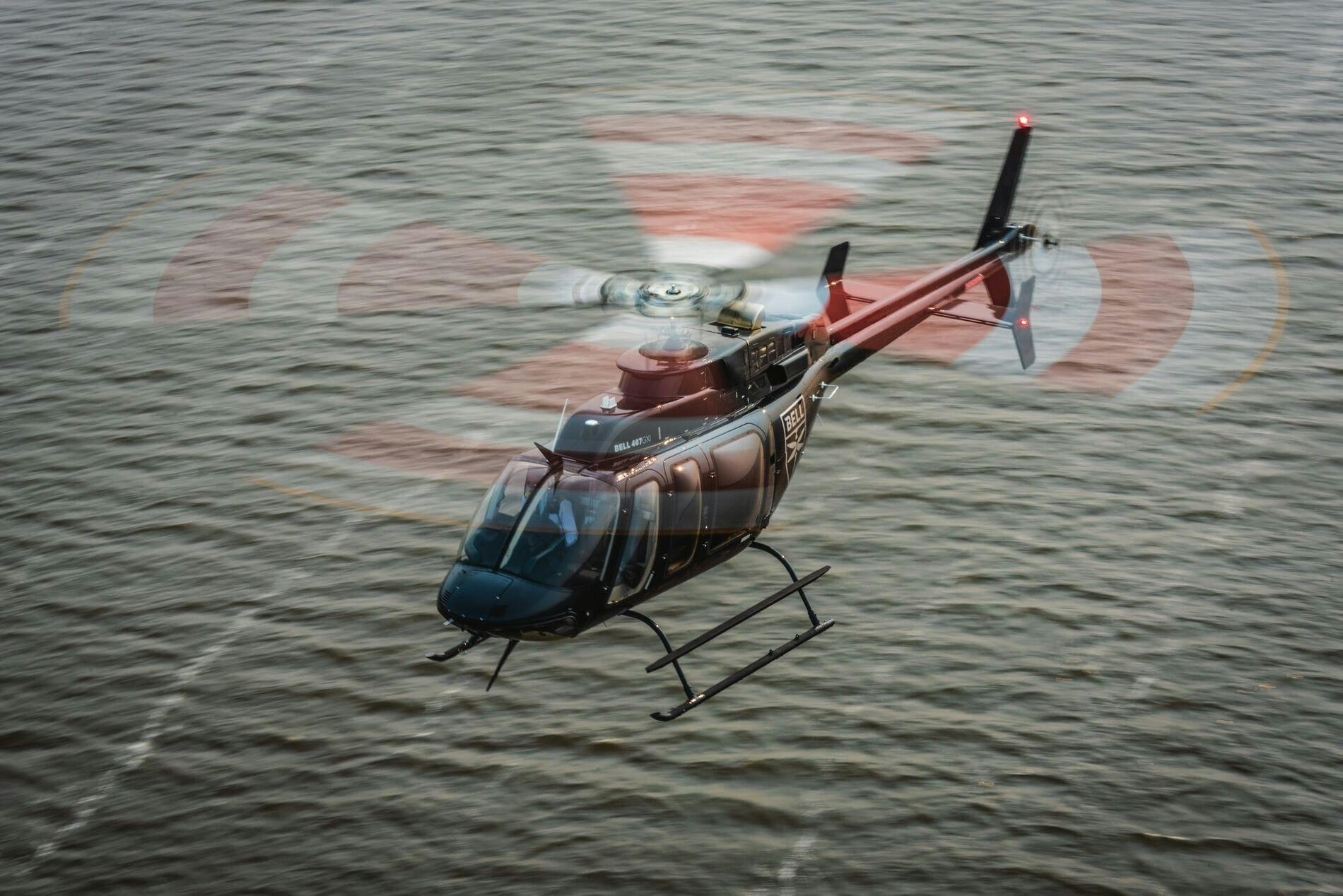
AeroGenie — Seu copiloto inteligente.
Tendências
Categories
US Navy Officer Details Risks of Slowing Aircraft Carriers in Shallow Waters

US Navy Officer Highlights Risks of Operating Aircraft Carriers in Shallow Waters
Aircraft carriers remain the cornerstone of American naval power, representing the most versatile and resilient airfields afloat. The United States Navy currently operates 11 nuclear-powered carriers, including ten Nimitz-class vessels and the lead Gerald R. Ford-class ship. These carriers provide unparalleled combat capabilities, enabling the Navy to assert control over the seas, conduct precision strikes, and operate effectively across electromagnetic and cyber domains.
Engineering Challenges in Shallow Waters
Despite their formidable capabilities, these massive vessels face significant operational challenges, particularly when maneuvering in shallow waters. Roderick Grant MacLeod, a former US Navy Submarine Nuclear Propulsion Officer, recently detailed the inherent risks involved in slowing or reversing aircraft carriers under such conditions.
MacLeod explained that the propulsion shafts on Nimitz and Ford-class carriers are designed with a slight downward slope. This configuration enhances stability and maintains a level flight deck during forward movement. However, when the engines are reversed, especially in shallow waters, this design can cause the stern to be pulled downward. Engaging all four propellers in reverse increases the likelihood that critical components such as the rudders, propellers, or keel may strike the seabed. Such impacts can inflict severe damage, necessitating extensive and costly repairs.
The scale of these components compounds the challenge. Propellers measure approximately 25 feet in diameter and weigh around 30 tons, while rudders can weigh up to 50 tons. Spare parts of this magnitude are not readily available, and repairs require the carrier to travel slowly to one of the few US shipyards equipped to handle such work. This process could potentially sideline a carrier for several years, significantly affecting fleet readiness.
Implications for Fleet Readiness and Strategic Posture
The risk is further exacerbated by the carriers’ exceptionally deep draft, which surpasses that of even the largest cruise ships. While some large tankers share similar drafts, their designs offer greater protection for their running gear, unlike aircraft carriers, which remain vulnerable in shallow environments.
These operational vulnerabilities carry broader strategic implications. Maneuvering carriers in shallow waters increases the risk of collisions and groundings, raising concerns about the overall readiness of the fleet. Defense analysts and investors are closely monitoring these risks amid a temporary reduction in carrier availability. The delivery of the new carrier John F. Kennedy has been delayed by two years, leaving the Navy with only ten operational carriers for at least the next year.
Meanwhile, strategic competitors are capitalizing on these challenges. China has recently deployed two of its carriers beyond the "first island chain" toward Guam, signaling a direct challenge to US naval dominance in the Indo-Pacific region. These developments underscore the critical importance of maintaining both the operational readiness and technological superiority of the US carrier fleet.
As the Navy confronts these challenges, the risks associated with operating in shallow waters emphasize the necessity for meticulous planning and sustained investment in fleet maintenance and modernization.

Europe Advances Aviation Sustainability Through SAF Mandates and Innovation

Lufthansa's Fleet Plans for 2025

Fifteenth National Games Model Aviation Finals in Longhua Showcase Drone Sports and Innovation

Brazilian Woman Becomes First Female Captain of Airbus A380

Airbus and Boeing: Comparing Their Global Reach

Vietjet Orders 100 Airbus A321neo Jets, Strengthening UK-Vietnam Strategic Partnership

The Aircraft Set to Replace the Iconic Superjumbo

Delta Air Lines Introduces AI-Powered Concierge Service

Shanghai to Host 2025 North Bund International Aviation Forum
